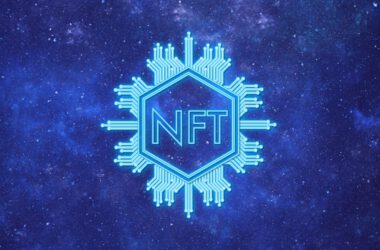Liquidity mining is often advertised as one of the tools to gain extra income from games. For the end user, liquidity mining feels and looks like staking or other operations granting passive income. Every game token can locked for a period of time, and rewards accrue in the wallet.
But underneath the interface, liquidity mining is not that simple. First, it is not mining at all, except in being used to generate new reward tokens.
How DEX Liquidity Works
As for liquidity, this term is used to designate the availability of assets in decentralized trading pairs. Unlike centralized markets, a DEX like UniSwap or SushiSwap relies on automated trading. This means each pair is made of locked up amounts of two tokens – the base asset and the one that wants to have a market price.
Usually, the base asset is ETH or a stablecoin such as USDC, USDT or a similar token with a value of exactly $1. Liquidity mining is also the initial game model for what is known as Gamified DeFi, in which the depositing of funds is made more fun through a simple game. Other projects put the game first and add liquidity mining second.
How Value Shifts in Liquidty Mining
The value of a game token will thus depend on how much ETH is injected into the pair. However, if aggressive traders sell too much of the token, they will delete the ETH and tank its price.
This is why liquidity mining is risky. The deposit may lead to a so-called impermanent loss, because someone wanted to sell their game token and receive ETH. In this equation, the providers of ETH liquidity are losing, as well as the token holders, who see the price of the asset decrease.
At the same time, some communities manage to have a more positive experience with liquidity mining. The success depends on how willing the community is to hold onto the assets, while also seeking out a centralized listing.
Sometimes, the game team will provide their own liquidity for the base tokens, thus jump-starting trading for the game item. Other games will also underscore their readiness to lock up the team assets, so the trading pairs don’t collapse in a rug pull or dumping.
Play to earn games that rely on decentralized trading and liquidity mining are riskier and their earnings may be more limited. Currently, highly successful games like Crabada and Pegaxy struggle because of the low liquidity through decentralized exchanges.










